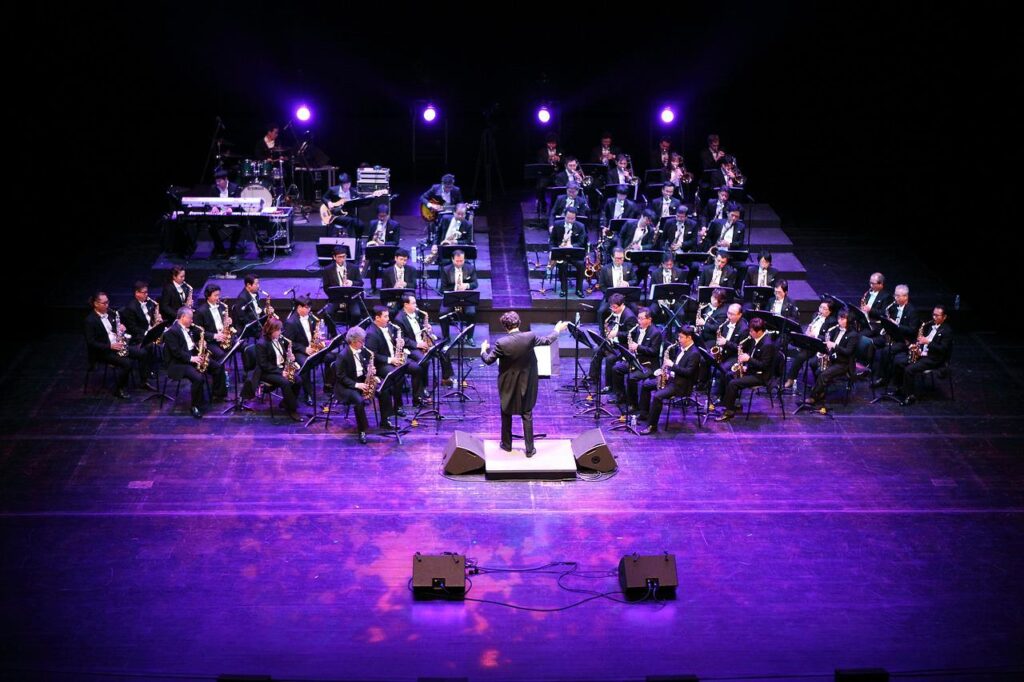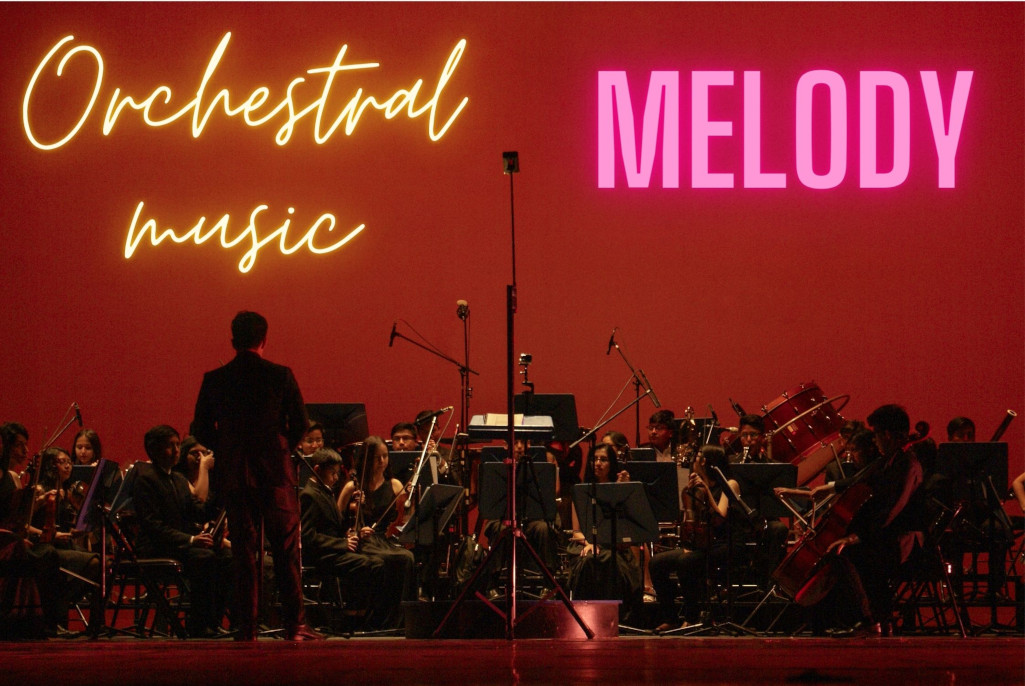
Rhapsodies are not only improvised but also pieces of music that are irregular in form. “Rhapsody in Blue,” composed by George Gershwin in 1924, is the best-known rhapsody in this category.

Rhapsodies are not only improvised but also pieces of music that are irregular in form. “Rhapsody in Blue,” composed by George Gershwin in 1924, is the best-known rhapsody in this category.

An oratorio is a large-scale musical composition for voices and orchestra, typically dealing with sacred subjects and intended for concert performance rather than for worship. Oratorios are extended works, usually with three or more movements, and often require a large choir and symphony orchestra. They originated in early Baroque Italy and continue to be popular today.

Orchestral music is a type of classical music that is written for and performed by an orchestra. The term usually refers to compositions in the Classical and Romantic periods. Most of the orchestral repertoire is written for the string section, woodwinds, brass, and percussion, with keyboard instruments (piano and harpsichord) used to fill out the harmonic spectrum. The orchestra has its roots in Baroque chamber music and Italian opera.

Diction, or the quality of a singer’s voice, is often what sets great vocalists apart from their peers. The use of proper diction allows singers to be easily understood by their audience, no matter the language they are singing in. In this blog post, we’ll discuss the importance of diction and provide tips on how to improve your diction as a singer.

Belting is a typical technique in musical theatre and pop music, however, gospel, R&B, and modern country music also utilize belting. It involves raising the chest voice (where you speak) into a higher range than usual, creating a powerful and exciting sound.
It is a form of singing that allows a singer to carry their chest voice above their break or passaggio as well as some head voice. This is sometimes referred to as “high chest voice” or “mixed voice,” but if it is done incorrectly, it can be harmful to a singer’s voice.